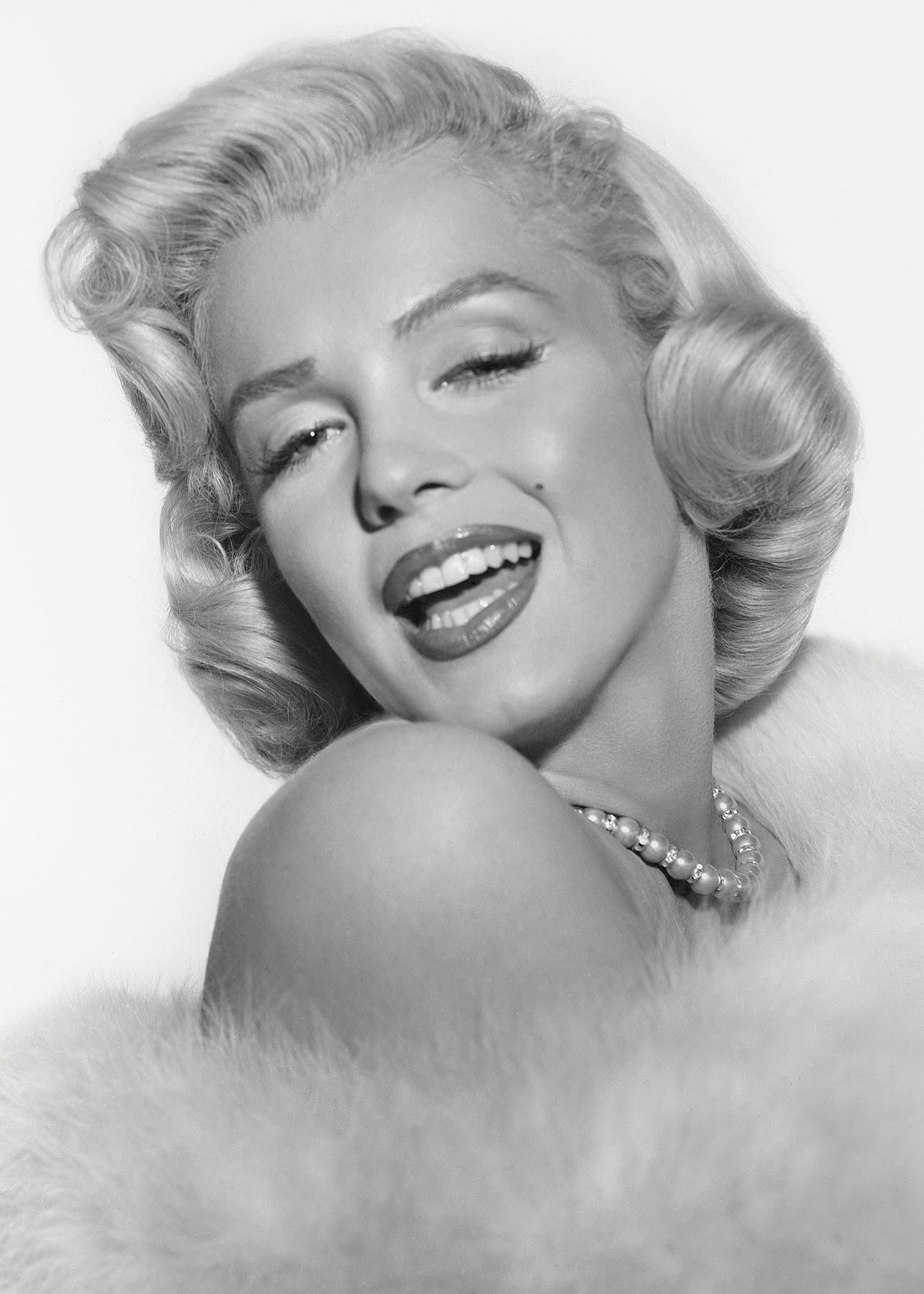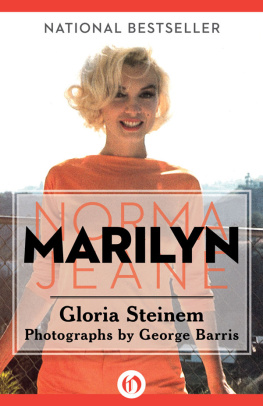Copyright 2019 by Michelle Morgan
Cover copyright 2019 Hachette Book Group, Inc.
Hachette Book Group supports the right to free expression and the value of copyright. The purpose of copyright is to encourage writers and artists to produce the creative works that enrich our culture.
The scanning, uploading, and distribution of this book without permission is a theft of the authors intellectual property. If you would like permission to use material from the book (other than for review purposes), please contact permissions@hbgusa.com. Thank you for your support of the authors rights.
Running Press
Hachette Book Group
1290 Avenue of the Americas, New York, NY 10104
www.runningpress.com
@Running_Press
First Edition: July 2019
Published by Running Press, an imprint of Perseus Books, LLC, a subsidiary of Hachette Book Group, Inc. The Running Press name and logo is a trademark of the Hachette Book Group.
The Hachette Speakers Bureau provides a wide range of authors for speaking events. To find out more, go to www.hachettespeakersbureau.com or call (866) 376-6591.
The publisher is not responsible for websites (or their content) that are not owned by the publisher.
Library of Congress Control Number: 2018964554
ISBNs: 978-0-7624-6654-2 (flexibound), 978-0-7624-6653-5 (ebook)
E3-20190507-JV-NF-ORI
For Aunty DawnI couldnt have written this book without you.
And for Maureen Brownmy dear friend and fellow Marilyn fan.


In the 1980s, this photograph was a staple for any teenage girls bedroom.
I first truly discovered Marilyn Monroe on a postcard stand in Devon, England, during a seaside holiday in 1985. I had been aware of her before, of course, and she had been more visible on my radar since Madonna performed as her in the video for Material Girl. However, the postcard of Marilyn in a gold-lam dress, blowing a kiss at the camera, triggered something inside me. At a time when I felt like the most unglamorous person in the world, Marilyns beauty, style, and sophistication spoke to my teenage heart. The next day I bought a biography of her to read on the beach. I was excited to know more about this beautiful woman, but I had absolutely no idea just how important she would become to me.
I was fifteen years old, unconfident and unsure of what I wanted to do with my life. It was also the era of playground politics for methat depressing time when friendships are broken on an almost daily basis and when one person falls out with you, the rest of the group seems to follow. I started summer vacation feeling fairly unhappy, but after discovering Marilyn and applying some of her attitude to my own life, I returned to school in September quite transformed. A glimpse at my 1985 journal confirms that I was taken aback by how much my outlook had changed, just by learning about Marilyn and adopting a few elements of her style.
In the thirty-three years that have passed since then, Ive discovered that many peoplemen as well as womenhave been greatly inspired by Marilyn. Some enjoy dressing as her, while others take comfort in watching her films or learning about her life and career. There are even collectors lucky enough to buy her personal belongings at auction. But whatever kind of devotee you are, we all have something in common: Marilyn has enriched our existence in ways we never thought possible.
A celebration of the fans as well as the star, The Little Book of Marilyn presents a mixture of inspiration, tutorials, and crafts, which will enable us all to put a bit more Marilyn into our lives.
Lets get started!


An unusual and beautiful studio close-up.
O NE OF THE MANY SOURCES OF INSPIRATION FOR Marilyns supporters is the knowledge that while in her early life she was often sad and despondent, she was able to rise up and become one of the most successful women in the world. Born Norma Jeane Mortenson (changed shortly after to Baker), she was the daughter of Gladys, a twice-divorced film cutter for Consolidated Industries. Her father was believed to be Charles Stanley Gifford, a boss at Consolidated, though for years Norma Jeane was unaware of his identity and spent most of her childhood believing her father was deceased.
Unable to cope with the demands of motherhood and a full-time job, Gladys enlisted the help of her mothers neighbors the Bolenders to care for Norma Jeane. The couple fostered other children, and for a time the situation worked out well. The child stayed with the family, while Gladys divided her time between working in Hollywood and traveling to see her daughter. Unfortunately, life had been hard for Gladys, and she suffered from a variety of problems, including mental illness. Even though she attempted the role of Norma Jeanes full-time guardian in the mid-1930s, her emotional state was fragile. After a breakdown, Gladys was admitted to a psychiatric hospital, and her daughter spent the rest of her childhood being cared for by family friends, foster parents, and an orphanage.

Norma Jeane with her mother in the late 1920s.

Norma Jeane married neighbor James Dougherty to escape going back into an orphanage.
When Norma Jeane was fifteen, her current foster parents, the Goddards, planned to move away from Los Angeles and did not have the means (or permission) to take her with them. Not wanting to see the girl sent back to an orphanage, Mrs. Goddard conspired with a neighbor to encourage her son, James Dougherty, to date and then marry Norma Jeane. The plan worked perfectly, and the couple wed shortly after her sixteenth birthday, in June 1942. The couple settled down to married life, until James enlisted to fight for his country in the Merchant Marines and Norma Jeane somewhat reluctantly moved in with his parents.
Marilyn would later say that she really only married Dougherty in order to escape the orphanage. Letters show that she did have some feelings for her husband, but the girl was young and wanted more in her life than marriage and children. The chance for independence came when Norma Jeane began working in an ammunitions factory. While there she had her picture taken by a photographer named David Conover, who had been sent to snap women working for the war effort. He immediately saw a photogenic talent in Norma Jeane and introduced her to some photographer friends. Her talents were soon recognized, and it wasnt long before she was signed to the Blue Book Agency, headed by Emmeline Snively.


















